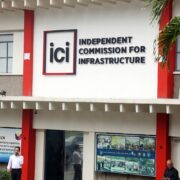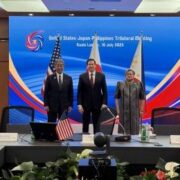EdCom II’s Vietnam study tour a waste of taxpayers’ money

The gulf between the education systems of Vietnam and the Philippines is starkest in the lopsided performances of their students in reading literacy. In the 2019 Southeast Asia Primary Learning Metrics, 82 percent of Vietnamese Grade 5 pupils reached the highest reading proficiency band versus 10 percent for the Philippines. In the 2022 Programme for International Student Assessment (Pisa), 77 percent of their students attained the minimum reading proficiency level against our 24 percent.
The wide gap in the reading proficiency of the students of the two countries is hardly surprising because Vietnam’s Ministry of Education and Training (MOET) endeavors to make learners read in Grade 1. The article in the PubMed Central website states: “According to the benchmarks outlined by the Ministry of Education and Training in Vietnam, children by the end of first grade are expected to recognize all letters and rimes and to read aloud at a rate of 40-50 words per minute with appropriate phrasing, to answer basic comprehension questions, summarize the main idea and details of a story, and identify key features such as dialogue and characters’ actions.” Based on Vietnam’s pre-COVID-19 learning poverty rate of 2 percent and its impressive reading literacy performance in international assessments, the MOET is meeting the target.
On the other hand, apart from setting the target for all learners to be readers to Grade 3 which is two years later than Vietnam’s standard, the DepEd blatantly disregards its grade level reading standards, inviting this unprecedented reading crisis. In a desperate bid to address the crisis, in what could be a first in the world, DepEd just set aside half a day each week for Grades 1-12 learners to read.
Thus the recent study tour of the Second Congressional Commission on Education (EdCom II), the body tasked to assess Philippine education and recommend needed reforms thereto, in Vietnam could have been a golden opportunity to learn the secrets to competitive reading literacy.
Alas for the country, however, benchmarking on reading literacy was not in the declared purpose of the trip which was to “look at the areas of improving access, equity, and opportunity among learners; attracting and supporting qualified teachers; strategic use of its assessments; and its effective governance and ‘efficient financing’ of education.”
Apparently, EdCom II does not yet realize that it is no fluke that Vietnamese students do not only do well in reading but also in science and mathematics while Filipino students are miserable failures in all three domains. EdCom II does not yet accept the 2002 finding of the Pisa that there is a very strong correlation between reading competence and academic performance.
In 2022 Pisa, among the Top 15 countries in reading, only two countries were not in the Top 15 overall.
Among local regions, the Top 5 in reading namely National Capital Region (NCR), Cordillera Administrative Region (CAR), Region IVA, Region XI, and Region III also formed the Top 5 overall. On the other end, Region IX, Caraga, and Region XII which were Bottom 3 in reading literacy and overall standings in 2018 repeated the performance in 2022.
The Pisa data and the contrasting basic education experience of Vietnam and the Philippines show that the latter can never kick off its education recovery unless it could make all its learners read starting in Grade 1 like the former does.
Estanislao C. Albano Jr., casigayan@yahoo.com
Photo from edcom2.gov.ph

















